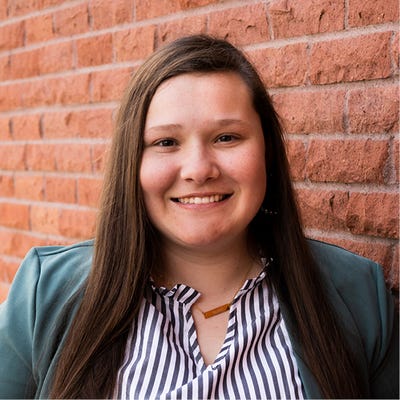
Where is the meatpacking industry headed? That question was addressed by Glen Dolezal, assistant vice president of new technology applications at Cargill Protein, during the 2023 Feeding Quality Forum, hosted this past summer by Certified Angus Beef in Lincoln, Neb.
Among the trends that Dolezal sees are an increase in the number of beef-dairy cross cattle in the marketplace, and more installment of camera grading.
Capitalizing on byproducts
When thinking of consuming a high-quality beef product, a nice ribeye from a Holstein probably doesn’t come to mind at first. But this could be an added way to capture more of the dollar while still providing a high-quality product. Dolezal explains that from 2013 to 2017, Cargill processing plants saw a marked increase in Holstien beef being harvested.
“If you are going to continue to sell milk, ice cream and cheese, you need to accept [beef-on-dairy crosses] as a viable supply agent, because it is more sustainable,” Dolezal said.
Today, a higher percentage of cattle slaughtered than in the past in Cargill plants are beef-on-dairy. With this genetic cross, time to get to the plant is shortened, Dolezal said, because animals require fewer days on feed. Once they hit retail shelves, they produce a larger ribeye that is high in quality and very tender.
Dolezal thinks that this is a way to add value back to the operation in lieu of rising input costs. “It is a byproduct that we have added value to as an industry, and we think it is the right thing to do because of the very high-quality beef,” he said.
Training your eye to new shape
But with every new addition to the industry, there are different obstacles. When pricing a carcass, there currently is a discount for purebred dairy carcasses. Not only is the ribeye an irregular shape, but these carcasses also have a lower dressing percentage.
Dairy steers have a greater amount of kidney, pelvic and heart fat, along with lower muscling and a higher percentage of bone. In addition, their larger frame size also affects logistics at the plant. These carcasses are too big, so they will drag on the floor, Dolezal said.
Because of these factors, premium brands will “spec out” dairy carcasses. But when crossing beef on dairy, some of these obstacles can be overcome while still retaining the extra marbling and performance found in the dairy breeds.
“The average ribeye area [of beef on dairy crosses] is at least a square inch larger,” Dolezal said. “And that is an unfair comparison because half of our beef-on-dairy [carcasses] are heifers.”
Not only will beef-on-dairy crosses add size to the ribeye, but they will also still produce a tender cut. Cargill tested 517 of the beef-on-dairy carcasses, and 98% came back as tender, and 87% were very tender.
By taking the byproduct of the dairy industry and adding value to the carcass genetically, producers could see some added return with these carcasses.
Snapshot into the future
One of Dolezal’s projects with Cargill is implementing camera grading into the packing plants. These cameras give an unbiased and more consistent grade for both yield and quality, he said, while providing relevant data to instill a quality-minded change in the industry.
“It's meaningful to know that we were seeing elevated issues with weight and color discounts,” Dolezal said. “We're going to go back to our cattle buyers, and hopefully to the feedyard suppliers, to see what we might change to prevent that from happening again.”
With the data collected, Cargill has been able to see where the discounts on carcasses are coming from and, overall, create a better product for the consumer.
Even with these cameras, USDA graders oversee each grade. Camera grading can protect both the producer and packer when it comes to capturing the real value of the carcass. When these cameras take a picture of the ribeye and place a grade on it, consumers can have a more consistent product when they are purchasing Choice or Prime beef.
While camera grading is still a developing technology, Dolezal said, this advancement will be able to assist the industry from producer to packer to consumer.
This story is the second installment in a series of production-related articles from the CAB Feeding Quality Forum held last August in Lincoln, Neb.
Read more about:
BreedingAbout the Author(s)
You May Also Like






